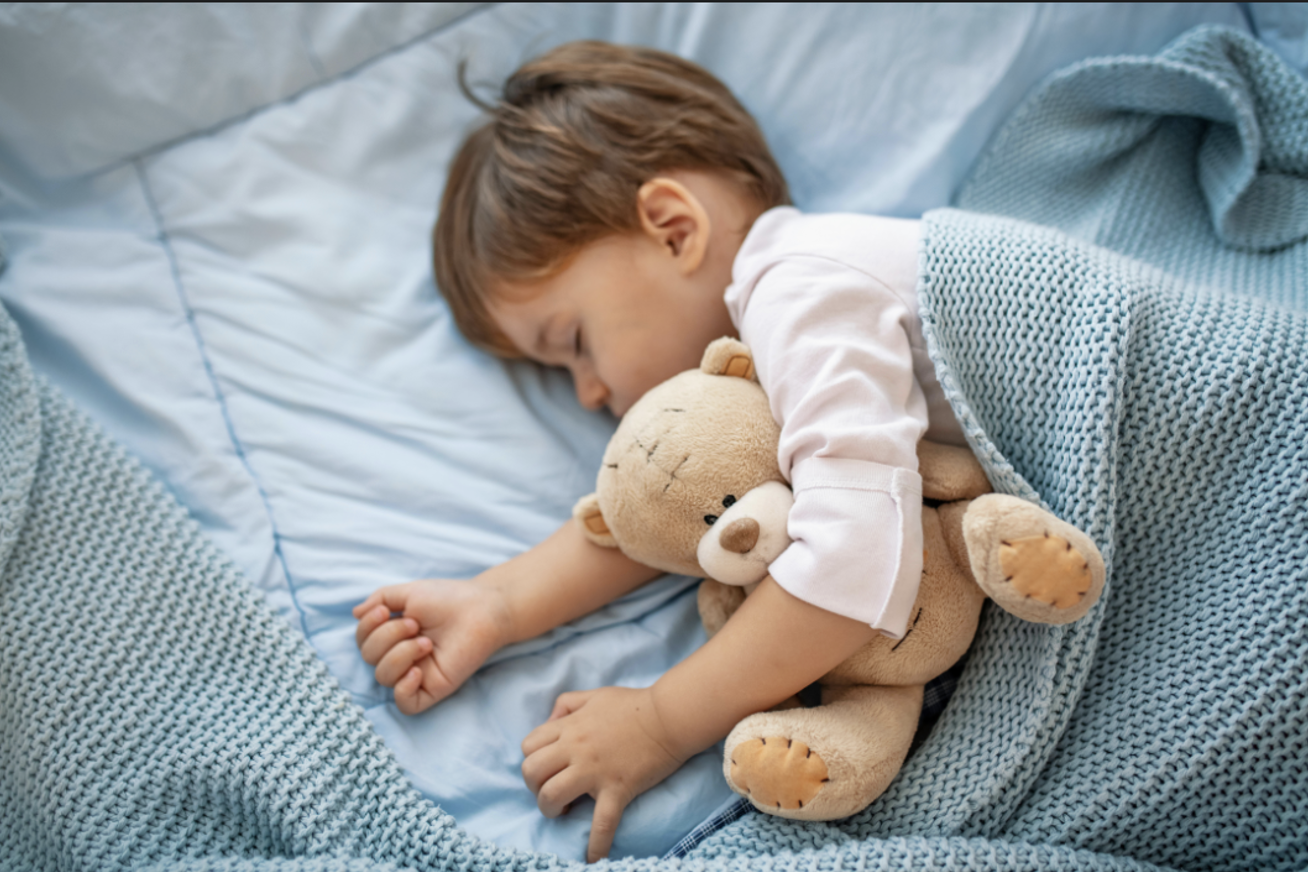Baby's First Big Bed: How and When to Make the Move

As a new parent, one of the many milestones you will encounter is transitioning your baby from their crib to their first big bed. This exciting but also nerve-wracking step can leave many parents unsure when and how to make the move. But fear not — with some guidance and preparation, this transition can be smooth and successful for you and your little one. This blog post will discuss everything you need to know about transitioning your baby to their first big bed, from the right time to switch to helpful tips and strategies.
Recognizing the signs your baby Is ready for a big bed
One clear indicator that your baby may be ready for a big bed is if they have begun to climb out of their crib, suggesting both a desire for more independence and a potential safety risk with the crib. Additionally, it may be time to consider the transition if your child has reached a significant growth milestone, such as surpassing the crib's height or weight limits. Other signs include your baby expressing interest in beds or resisting crib time more than usual. Observing these cues from your baby can guide you in deciding when to introduce them to their first big bed.
Choosing the right time for the transition
Deciding on the perfect moment to transition your baby to a big bed depends on individual development and readiness, which can vary greatly. Typically, this transition occurs between 18 months and 3.5 years of age. Key indicators include your child's ability to climb out of the crib, expressing interest in a big bed, or the impending arrival of a new sibling, which might necessitate the move. Additionally, if your toddler is showing signs of being physically too big for the crib, it may be time to consider the switch. Prioritize your child's safety and readiness over adhering to a specific age or timeline.
Selecting the perfect bed and bedding for your baby
When selecting the perfect bed and bedding for your baby, comfort and safety should be your top priorities. Choose a bed that fits well within your space and meets all safety standards. For bedding, opt for soft, breathable materials that will keep your baby cozy through the night. A well-chosen crib quilt can add a layer of comfort and warmth, as well as a personal touch to your baby's new sleeping environment. Remember to avoid overly plush fabrics that pose a risk, and always ensure the bedding fits snugly around the mattress to prevent any safety hazards.
Safety measures to implement in your baby's new bed
Ensuring your baby's new big bed is as safe as possible is paramount. One of the most effective safety measures to consider is the installation of bed rails. Bed rails act as barriers that help prevent your child from accidentally rolling out of bed during the night. Additionally, placing country rugs or any soft, cushioned rugs alongside the bed can provide a soft landing space, minimizing the risk of injury should your child fall. These rugs offer practical safety benefits and add a cozy and aesthetically pleasing element to your baby's room.
Making the transition smooth and stress-free
To ensure a smooth and stress-free transition, incorporate elements of celebration and
excitement into the process. Acknowledging this milestone with thoughtful baby boy or baby girl gifts, alongside some cheerful balloons, can significantly lift your child's spirits about the change. Encouragement plays a crucial role, too. Express your excitement and confidence in their ability to adapt to their new big bed. This positive reinforcement helps your child view the transition as not a daunting change but an exciting growth step, making the overall experience more joyful and less stressful for everyone involved.
Dealing with common challenges during the transition
Navigating bedtime resistance and midnight visits to your room are common challenges when transitioning your baby to a big bed. Consistency is key in addressing these issues. Establish a comforting bedtime routine and stick to it every night. If your child wanders into your room, calmly walk them back to bed with minimal fuss. Reassure them briefly but firmly that it's time to sleep in their bed. Over time, these consistent actions will help your child adjust to and accept their new sleeping arrangements, gradually reducing nighttime disruptions.
When to seek help
If the transition to a big bed leads to ongoing sleep disturbances or anxiety in your child that significantly impacts their (or your) ability to function daily, it may be time to seek guidance. Consultation with a pediatrician can help rule out any underlying sleep disorders or developmental concerns. Additionally, a child sleep consultant can offer tailored strategies and support to navigate this transition more smoothly. Remember, every child is unique, and seeking help is a proactive step toward ensuring a positive sleep experience for your little one.
Transitioning your baby to their first big bed marks a significant milestone that comes with its challenges and triumphs. By staying attuned to your child's readiness, prioritizing safety, and maintaining a supportive and consistent approach, you can help make this transition a positive experience for your family. Remember, patience and flexibility are key as each child adapts independently. Celebrate this new chapter enthusiastically, and trust your ability to guide your child through their journey from a crib to a big bed.






